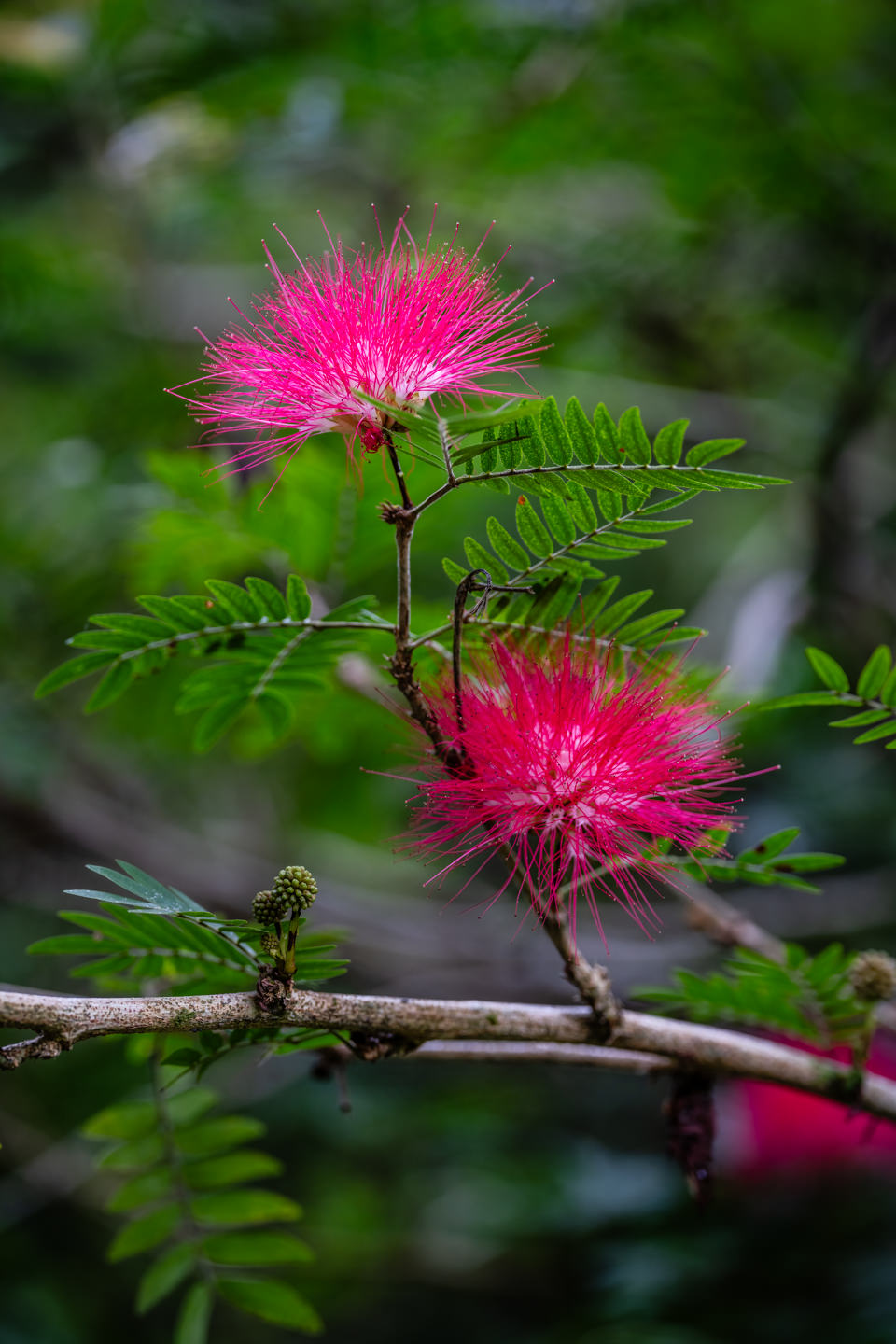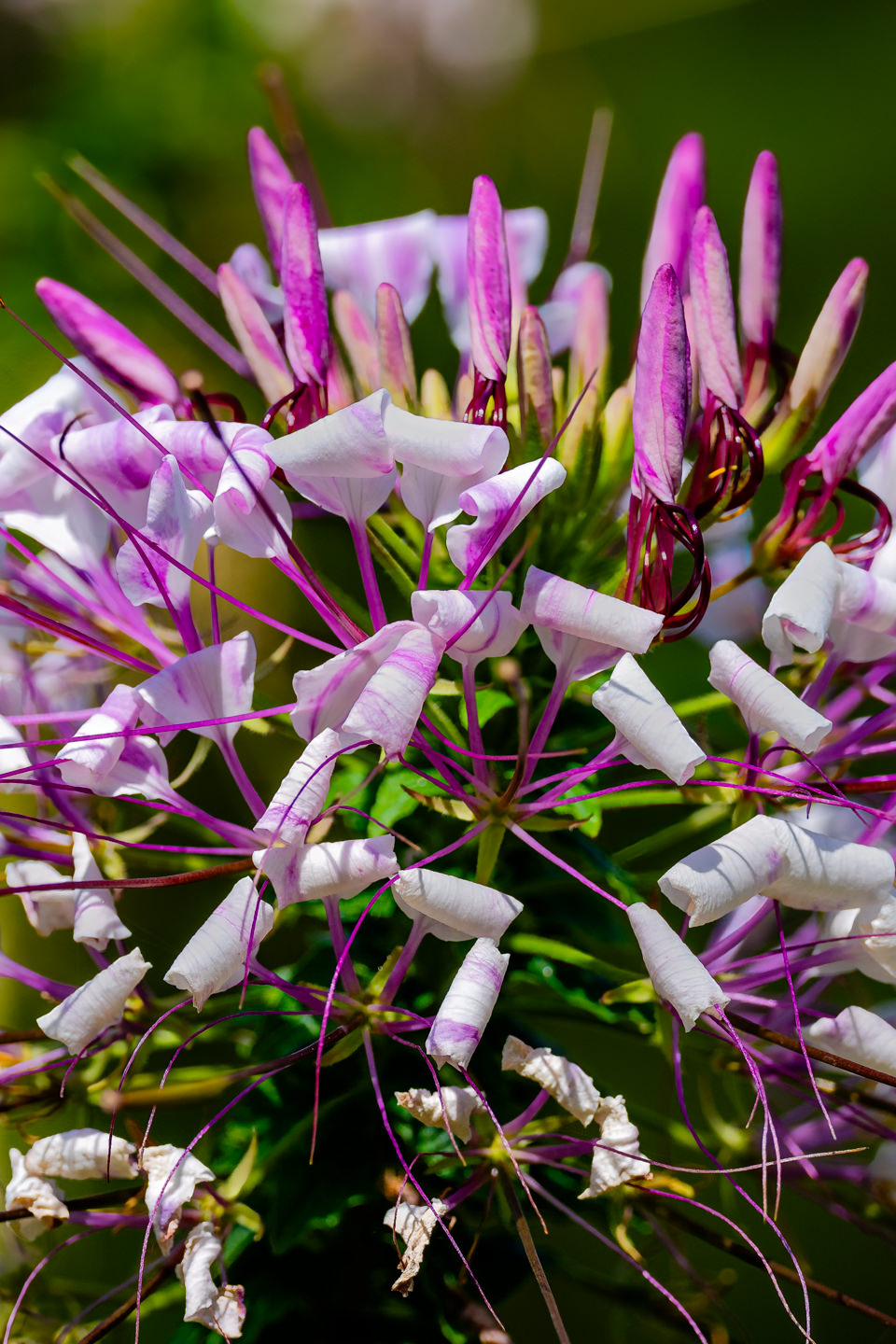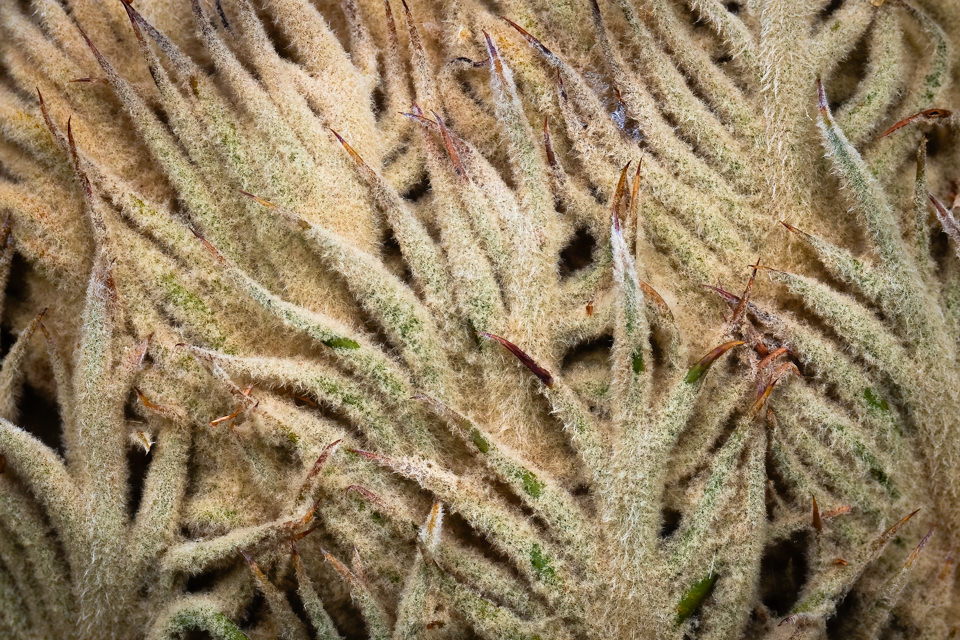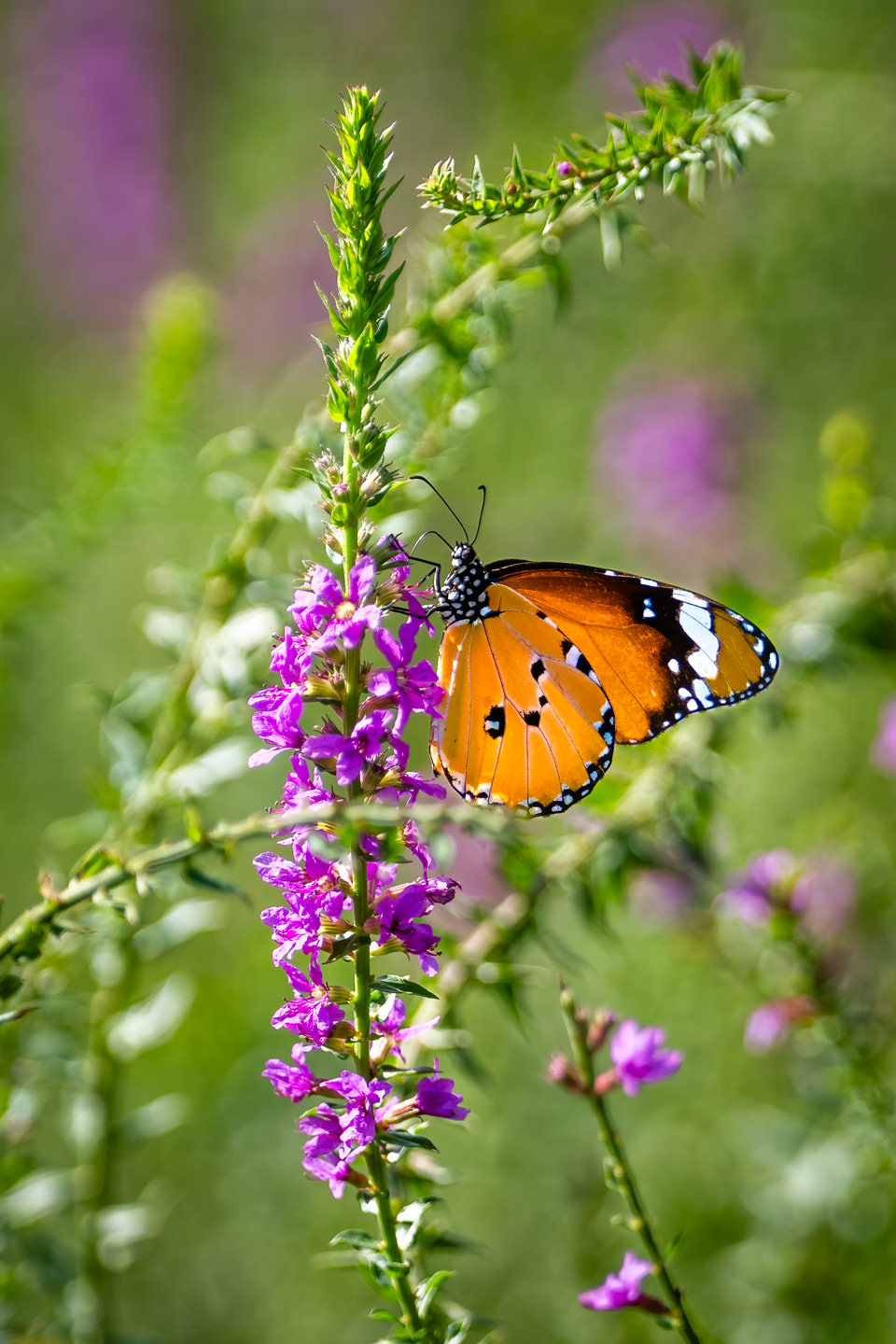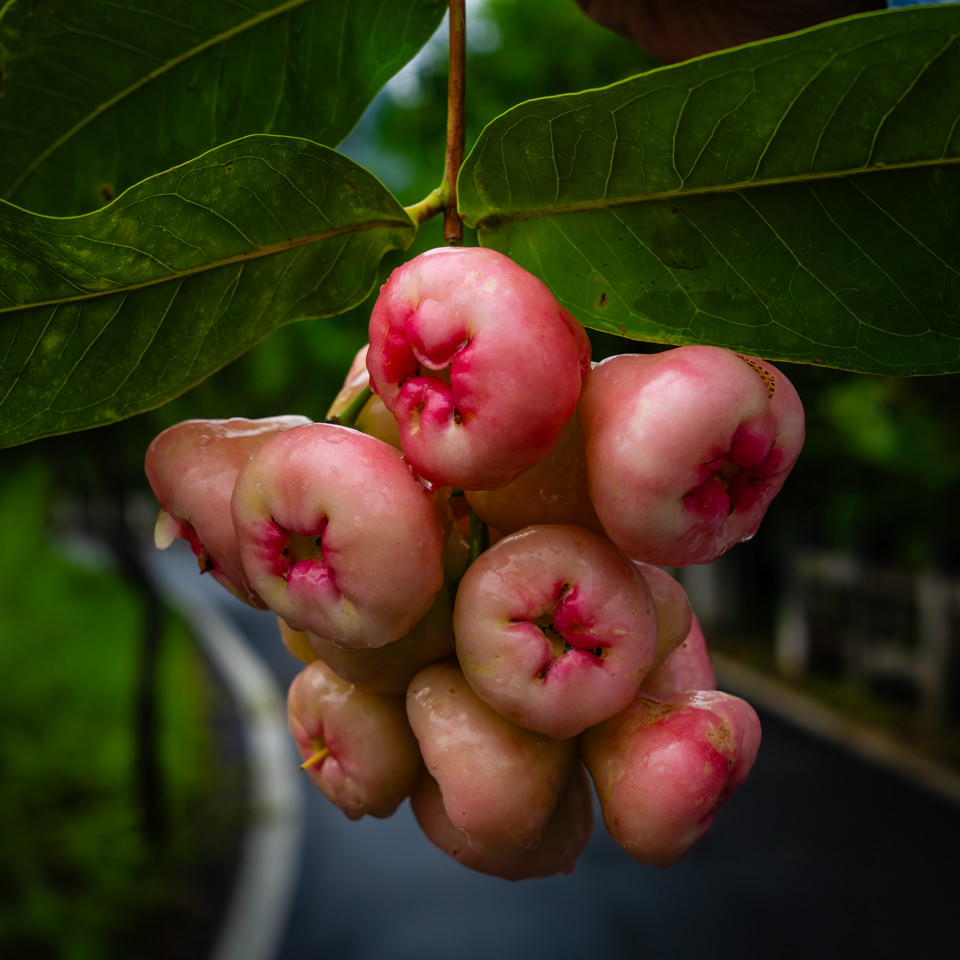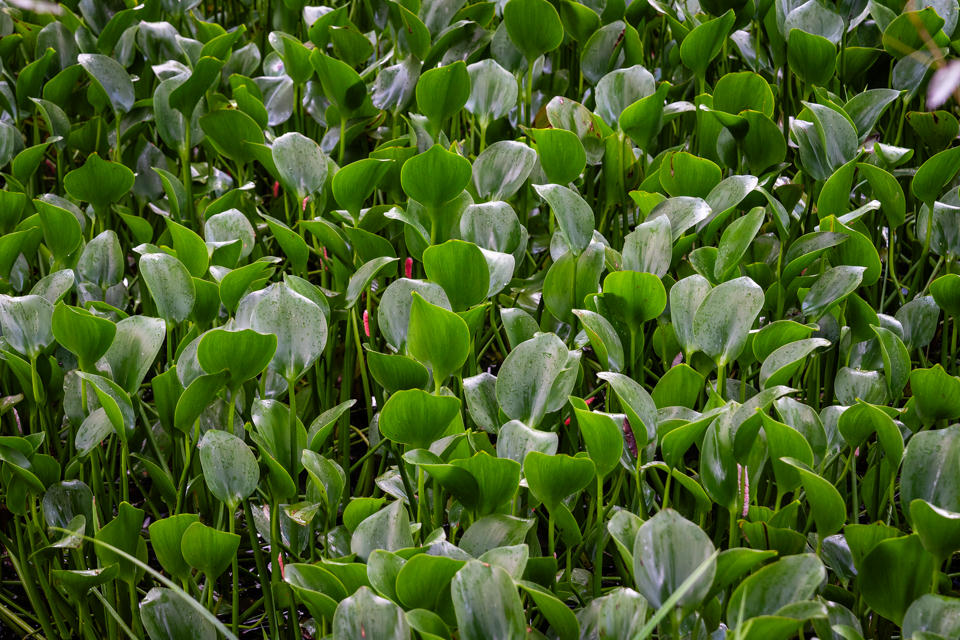Nothing quite compares to a Taiwanese massage, especially if you happen to be in Taiwan. More on that later.
After several weeks away from conducting, the podium beckoned for some rehearsals and performances at the end of July and the first half of August. It started in my birthplace, Los Angeles, where I used to have the somewhat ungainly title of Principal Conductor of the Los Angeles Philharmonic at the Holllywood Bowl. My return featured two of the most-often- performed works there, as well as a piece by Cindy.
We opened the program with her Timepiece, which I had done a few months earlier at the Manhattan School. The first rehearsal at Disney Hall helped everyone to get a feel for the eight-minute overture before we moved to the Bowl for dress rehearsal the following morning. The orchestra certainly seemed to enjoy learning it, and the 10,000-or-so people who came to the show appreciated it as well.
Usually on Tuesday and Thursday nights, the attendance at the Hollywood Bowl is about 4,000-5,000, with many in the crowd coming from out of town to see this iconic venue. The combination of the “New World” Symphony and Rhapsody in Blue on the program caused ticket sales to surge.
For the Gershwin, I asked for Makoto Ozone as soloist and got my wish. The audience must have been completely surprised when just a few bars after his first entrance, he launched into an incredible improvised take on this standard. The piece itself is almost 100 years old, but you would never know it from his tasty and clever embellishments, not only during the lengthy cadenzas but also within the orchestral fabric itself.
The orchestra was truly delighted, and you could see them smiling as Makoto turned the classic into a whole new piece. Instead of the usual 16 minutes or so, the performance time came closer to 25. He followed up with an encore, a waltz of his own with delicious touches of Prokofiev thrown in for good measure.
After intermission came the Dvořák. Although I am still not supposed to tell you about my upcoming series of books, I will let you know that this piece is among those discussed. So, I have restudied the work and discovered many details that I had not previously noticed or that came into better focus this time around. The performance went beautifully, and when I realized that as a youngster I must have heard this piece ten times at the Bowl, I felt a sense of coming home.
On a day off, I took Stéphane Denève and his family around town to show them some of my old haunts. He conducted the Thursday evening performance, and it was wonderful to share a few special places with them, including one spot that was new to me. The Academy of Motion Pictures has a museum that sits where the old May Company department store used to be, right on the corner of Wilshire Boulevard and Fairfax Avenue, about a quarter mile from my childhood home.
We welcomed the opportunity for another visit with Daniel and his wife, and even though the weather was quite hot, we all managed to avoid sun stroke.
But the dry Southern California air was nothing compared to what it was like stepping off the plane in Taiwan. A heaviness pervades the atmosphere during the summer months, making it difficult for this Angeleno.
What a remarkable country it is, one that reflects the discipline of Japan, shares the language of China, and has the international flavor of Toronto. Speaking of flavor, Cindy and I were treated to many culinary delights, making this a foodie’s destination city. Being an island nation, Taiwan is known for its seafood, but the meats and vegetables are also prepared beautifully.
Two years ago, I conducted for the Taipei Music Academy and Festival organized by Cho-Liang Lin. We had to be based in San Francisco that summer due to Covid restrictions, but this year the festival returned home to Taiwan. With a distinguished faculty, mostly drawn from great orchestras around the world, the program attracts promising students who spend two weeks in the country becoming totally immersed in every aspect of music-making.
The initial week consisted of chamber-music concerts, master classes, and individual lessons. These continued as we got together to form an orchestra. Perhaps creating music as a new group is the toughest job of all for a conductor. We are used to showing up and producing results from an established ensemble. In this case, considering that virtually everyone onstage had a different background in terms of musical training, my goal was to establish a unified sound for the repertoire we were playing.
It did not help that our rehearsal facility was dry and very loud due to the compressed space. But perhaps that gave us the opportunity to hear each other in a very different way. The program included the William Tell Overture, Hindemith’s amazing Symphonic Metamorphosis, and the Second Symphony by Sibelius.
We spent a lot of rehearsal time balancing the sonic profile and creating cohesion by adjusting the various vibratos, colors, and rhythmic elements. Rehearsals were intense because a lot of information had to be covered in a short amount of time. But everyone was up to the challenge.
Our first concert was in Taichung, about two hours away by bus. The cavernous and dry National Taichung Theater did not provide the greatest acoustic, but it was a good place to try out the program. The hall in which an orchestra performs is the instrument of the ensemble, just as the violin is to the violinist. Having established how we wanted to sound, we needed to carry that to the different venues.
Next stop was Kaohsiung City, with a fabulous concert hall. This performance demonstrated how good a group the orchestra had become. You could see it on everyone’s faces—smiles from ear to ear at the sound check signaled that this would be a wonderful concert, and indeed it was.
We returned to Taipei City for the final event. The National Concert Hall, where I had last played about 20 years ago, is in a building that looks like something from the Forbidden City on the mainland. It is fairly large, seating more than 2,000 people, but our concert was sold out.
***
A Lot of Pain, Hopefully Some Gain
For at least the past 40 years, massage has become a regular part of my weekly routine. Whether on the road or at home, 90 minutes of joint and muscle manipulation is de rigeur for keeping me limber. I have experienced pretty much every style that exists.
We all seem to start with Swedish, which then escalates to deep tissue. Variants of the European methods follow, and then we move East. Shiatsu, a Japanese modality, was the first of the sort-of uncomfortable variety I encountered. I recall that an elderly woman came to my hotel room around 11 p.m. and proceeded to apply pressure using thumbs and elbows, giving me cause to worry about my ability to move the next day.
Next up was Thai massage, a big change from any other type I had encountered. Practitioners of this technique assume that you are flexible enough to be twisted every which way. This culminates in tossing you about in the air—not so easy to do given my framework. Nevertheless, it was very effective for easing my back troubles.
Upon my arrival at the hotel in Taipei, I noticed several establishments offering foot massage. You can’t miss the giant signs with drawings of feet and all the corresponding reflex points where it is believed just a touch can eliminate problems in various body parts. Somehow, I have been skeptical of a pressure point in my third toe that can fix my pancreas. Having availed myself of this service several times, I thought that having it done where the practice originated might be worthwhile.
I do not speak or read Mandarin, but I suspect that somewhere in the room there must be a notice regarding screaming. It takes considerable control to keep from showing the agony of defeat as the masseuse presses even harder into those points that are most sensitive. And heaven help anyone who is ticklish. 20 years ago, when I was last in Taipei, I had an issue with plantar fasciitis. Every day for two weeks I went to a little shop that specialized in foot reflexology. It did help, but unless you are really suffering, I don’t recommend it.
This time around, I visited a parlor suggested by the concierge at my hotel. It was three-stories tall, with the reception room at street level, foot massage up a flight, and full-body massage downstairs. After the first manipulation of my lower digits, the proprietor suggested I try the whole shebang next time. Heeding his advice, I returned a couple days later and was shown to a very well-appointed room with what looked like an operating table. After I changed into comfortable massage clothes, the woman began to manipulate the rest of me, but no, not that part.
I know that a lot of my musculature is tight, but this massage took my pain to an entirely different level. My thoughts turned to the imaginary “Do not scream” sign, and every two minutes or so, the masseuse would ask, “Are you alright”? Of course, I said I was, even though part of me wanted to say, “Take it easy.” I was there to work out all the kinks, after all.
When she got to my neck, a very curious phrase came out from her: “You eat too fast.”
I have no idea of the speed at which food enters my mouth, followed by another chopstickful. How could she tell? Am I not chewing enough, and is something stuck?
An hour and a half later, much to my delight, I hopped off the table with very little pain in my lower back. It worked! Well, at least for a few minutes, until I had to walk back to the hotel.
Is there a difference between Taiwanese and Chinese massage? I have no idea. But whatever style I get, it comes with one important benefit. I do not have to deal with texts, phone calls, or emails for a little while. For that alone, the weekly visits will continue.
***
After some tearful goodbyes, we headed to the east coast of the country for two days in Taroko National Park, one of the scenic wonders of the world. With austere mountainsides and lush vegetation, it was a reminder of the grandeur of our planet. Perhaps not so many visitors think of Taiwan as a tourist destination, but should you find yourself in this neck of the woods, do not miss coming to this place.
Cindy was in her element, photographically speaking. Scroll down to see a sampling of what she discovered during our almost-three weeks here.
I had been asked to stay on for a couple days and perform another concert, this time on the east side of the island, with the National Taiwan Symphony Orchestra in Hualien. We performed at the National Dong Hwa University, an outstanding school with a thriving music department.
The program was quite traditional, comprising Beethoven’s Third Leonore Overture, Barber’s Adagio, Fauré’s Pelléas et Mélisande, and Tchaikovsky’s Fifth Symphony. Although the auditorium only accommodates around 500 people, the sound was huge and reverberant.
Without the audience, it was difficult to judge balances, but that is why we have overtures. Short works give the musicians a chance to gauge the hall, and adjustment usually takes place quickly.
I had not planned an encore, which was a bit of a letdown after concluding the TMAF concerts with the “Imperial March” from the Star Wars films. At each performance, I did something a bit different. The staff found a light saber and Darth Vader mask, so I used those on consecutive nights, letting the orchestra play on its own. For the final concert, I chose a person in the front row to pretend to conduct with the helmet and sword. More than likely, the audience—and most of the orchestra—had never seen a conductor do something like this, and I believe everyone understood that a sense of humor can add a great deal to a concert, in small doses.
There are lots of things to do in this last year of my 70s—that digit on the left will change next September. Everyone says that 80 is only a number. Tell that to the joints worked over by the massage therapists.
See you next month,
Leonard
***
***
***
***
***
***
***
***

***
***
***
***
***
***
***
***

***
